The Planetary Society’s LightSail 2 spacecraft will be a test bed for future missions wanting to use solar sails — including NASA’s proposed Near-Earth Asteroid Scout cubesat.


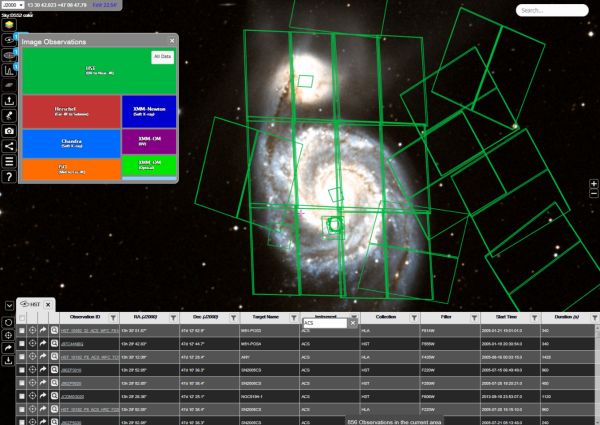
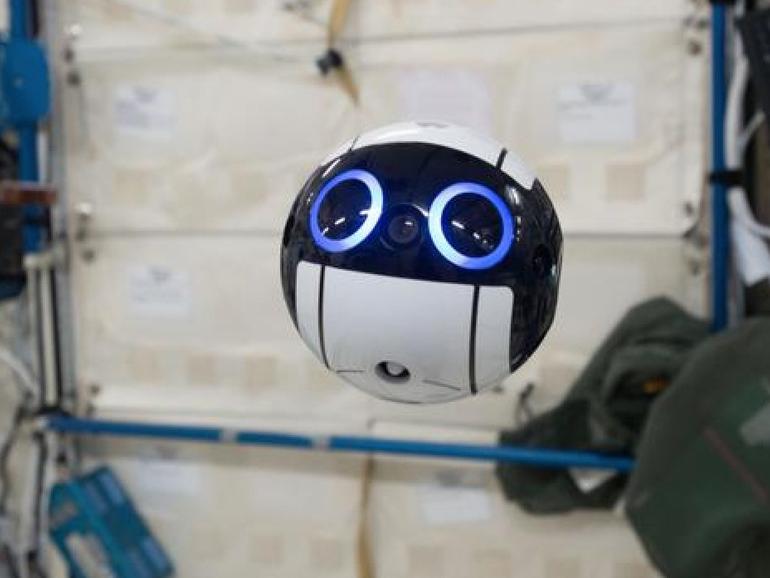

Researchers from the School of Informatics, Computing, and Engineering are part of a group that has received a multi-million dollar grant from IUs’ Emerging Areas of Research program.
Amr Sabry, a professor of informatics and computing and the chair of the Department of Computer Science, and Alexander Gumennik, assistant professor of Intelligent Systems Engineering, are part of the “Center for Quantum Information Science and Engineering” initiative led by Gerardo Ortiz, a professor of physics in IU’s College of Arts and Sciences. The initiative will focus on harnessing the power of quantum entanglement, which is a theoretical phenomenon in which the quantum state of two or more particles have to be described in reference to one another even if the objects are spatially separated.
“Bringing together a unique group of physicists, computer scientists, and engineers to solve common problems in quantum sensing and computation positions IU at the vanguard of this struggle,” Gumennik said. “I believe that this unique implementation approach, enabling integration of individual quantum devices into a monolithic quantum computing circuit, is capable of taking the quantum information science and engineering to a qualitatively new level.”


A team of plant geneticists at Cold Spring Harbor Laboratory (CSHL) has identified a protein receptor on stem cells involved in plant development that can issue different instructions about how to grow depending on what peptide (protein fragment) activates it.
This is the first such multi-functional receptor found to work in this way to control plant development. The new findings obtained by CSHL Professor David Jackson and colleagues may have important implications for efforts to boost yields of essential food crops such as corn and rice.
Plant growth and development depend on structures called meristems — reservoirs in plants that contain stem cells. When prompted by peptide signals, stem cells in the meristem develop into any of the plant’s organs — roots, leaves, or flowers, for example. These signals generally work like a key (the peptide) fitting into a lock on the surface of a cell (the protein receptor). The lock opens momentarily, triggering the release of a chemical messenger inside the cell. The messenger carries instructions for the cell to do something, such as grow into a root or flower cell or even stop growing altogether. Conventionally, one or more peptides fit into a receptor to release a single type of chemical messenger.
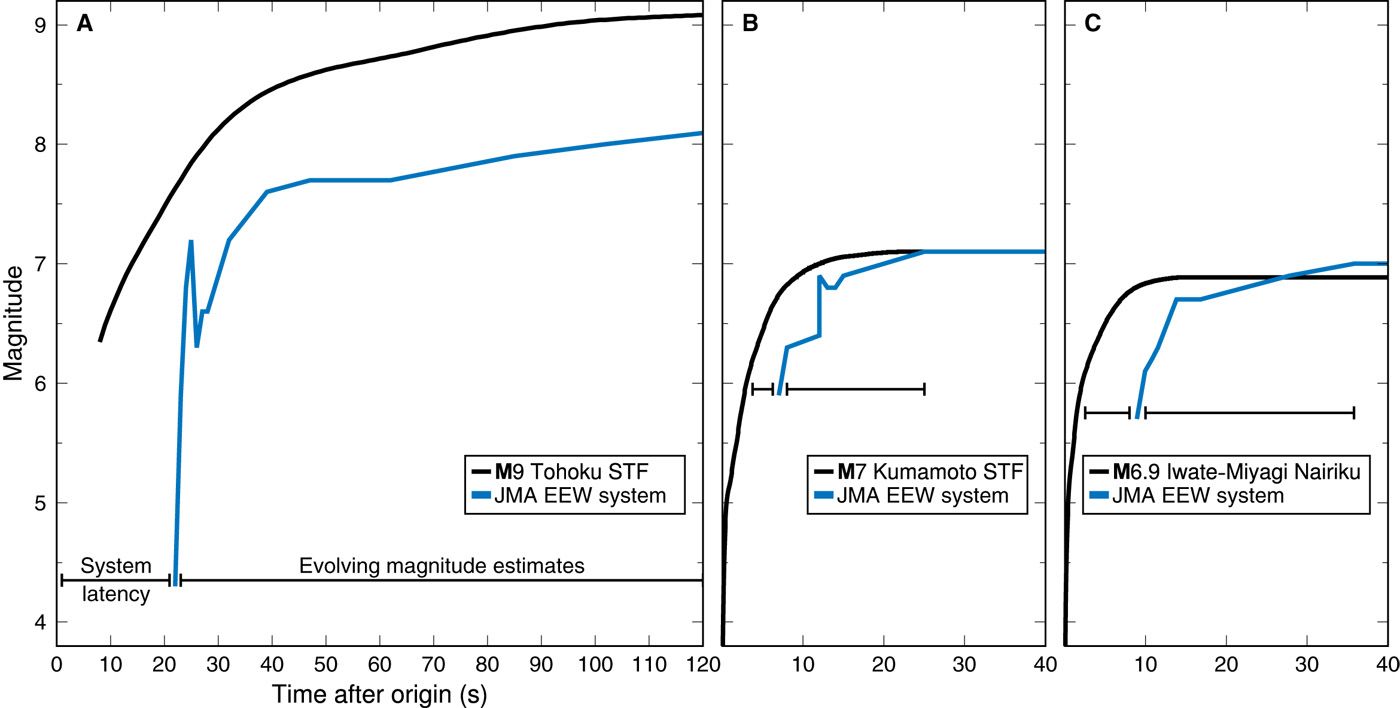
The basic physics of earthquakes is such that strong ground motion cannot be expected from an earthquake unless the earthquake itself is very close or has grown to be very large. We use simple seismological relationships to calculate the minimum time that must elapse before such ground motion can be expected at a distance from the earthquake, assuming that the earthquake magnitude is not predictable. Earthquake early warning (EEW) systems are in operation or development for many regions around the world, with the goal of providing enough warning of incoming ground shaking to allow people and automated systems to take protective actions to mitigate losses. However, the question of how much warning time is physically possible for specified levels of ground motion has not been addressed. We consider a zero-latency EEW system to determine possible warning times a user could receive in an ideal case. In this case, the only limitation on warning time is the time required for the earthquake to evolve and the time for strong ground motion to arrive at a user’s location. We find that users who wish to be alerted at lower ground motion thresholds will receive more robust warnings with longer average warning times than users who receive warnings for higher ground motion thresholds. EEW systems have the greatest potential benefit for users willing to take action at relatively low ground motion thresholds, whereas users who set relatively high thresholds for taking action are less likely to receive timely and actionable information.
Earthquake early warning (EEW) systems rapidly detect and characterize ongoing earthquakes in real time to provide advance warnings of impending ground motion. They use the information contained in the early parts of the typically low-amplitude ground motion waveforms to estimate the ensuing and potentially large-amplitude ground motion. Because EEW alert information can be transmitted faster than seismic wave propagation speed, such ground motion warnings may arrive at a target site before the strong shaking itself, thereby providing invaluable time for both people and automated systems to take actions to mitigate earthquake-related injury and losses. These actions might range from simple procedures like warning people to get themselves to a safe location to complex automated procedures like halting airport takeoffs and landings.
Amazing.
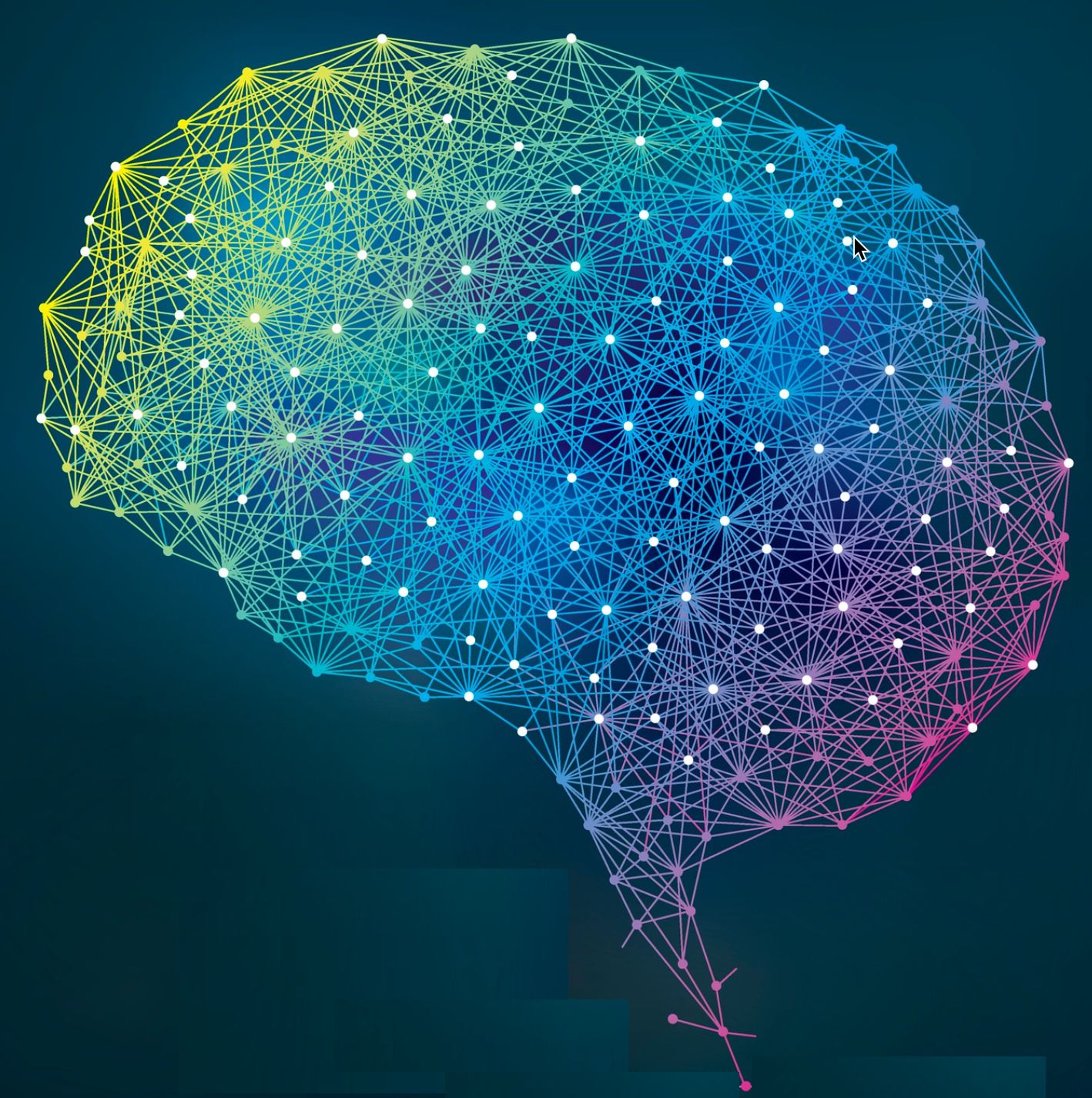
An international team of scientists has developed an algorithm that represents a major step toward simulating neural connections in the entire human brain.
The new algorithm, described in an open-access paper published in Frontiers in Neuroinformatics, is intended to allow simulation of the human brain’s 100 billion interconnected neurons on supercomputers. The work involves researchers at the Jülich Research Centre, Norwegian University of Life Sciences, Aachen University, RIKEN, KTH Royal Institute of Technology, and KTH Royal Institute of Technology.
An open-source neural simulation tool. The algorithm was developed using NEST (“neural simulation tool”) — open-source simulation software in widespread use by the neuroscientific community and a core simulator of the European Human Brain Project. With NEST, the behavior of each neuron in the network is represented by a small number of mathematical equations, the researchers explain in an announcement.
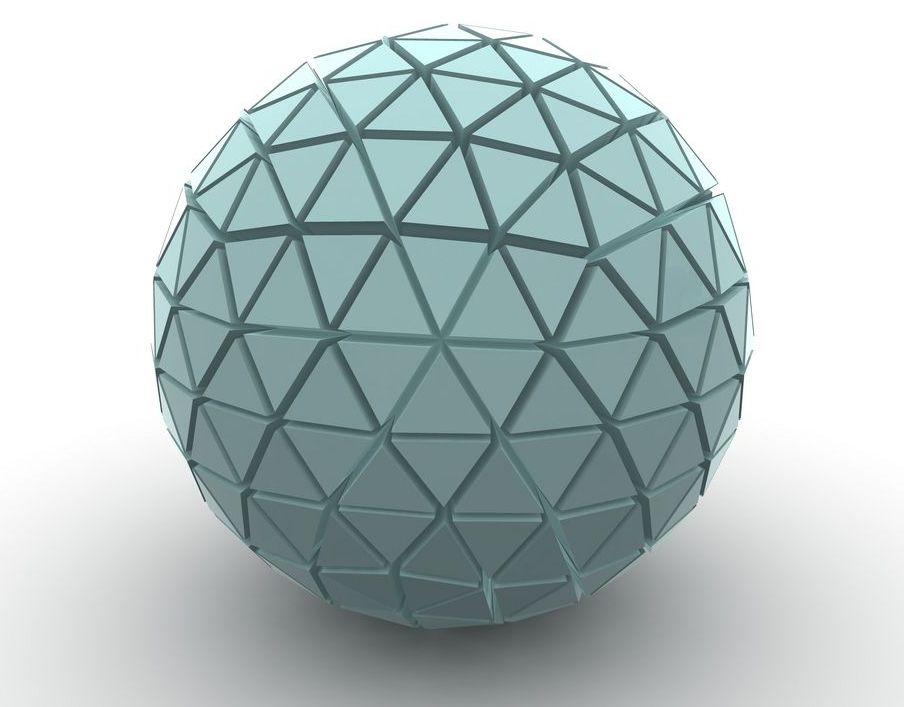
For the first time in history, researchers have fused artificial cells with biological cells in a way that lets them work together. This opens the door for a variety of new possibilities and applications.
Fusing biological and artificial cells
The research team at Imperial College London uses a system that encapsulates biological cells within an artificial cell. Using this approach, the team can harness the ability of biological cells to produce chemicals while offering them protection from the environment.
Just Out: I did an hour long interview with Josh Peck of Into the Multiverse on Skywatch TV. Josh is a Christian #libertarian and this interview covers a variety of subjects including the compatibility of #Christianity & #Transhumanism, as well as my CA Governor run:
http://skywatchtv.com PLEASE SUBSCRIBE AND SHARE! Here is the full exclusive interview of Zoltan Istvan by Josh Peck on the topic of transhumanism vs Christianity.
Make sure to check out the full episode at https://youtu.be/pclVZYyV2dQ
What do you think? Leave a comment below!
More Multiverse Media at: